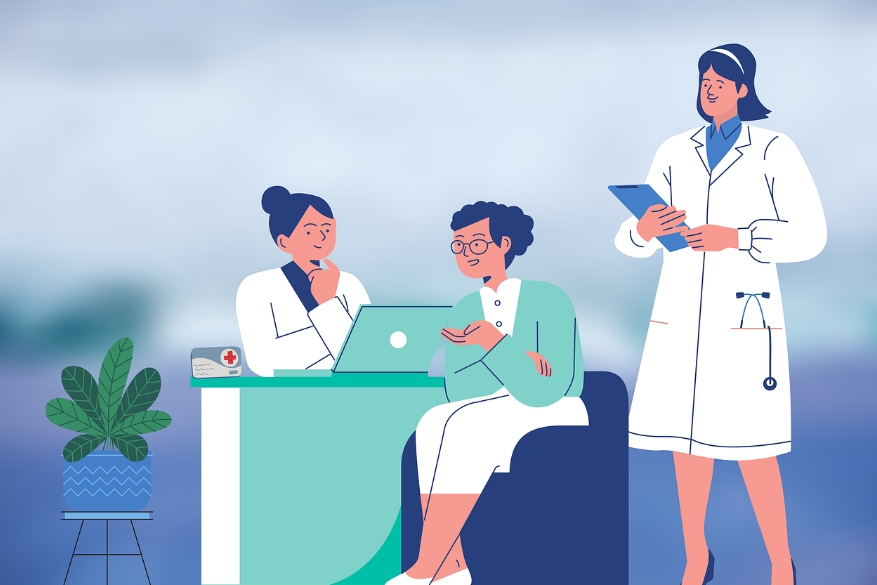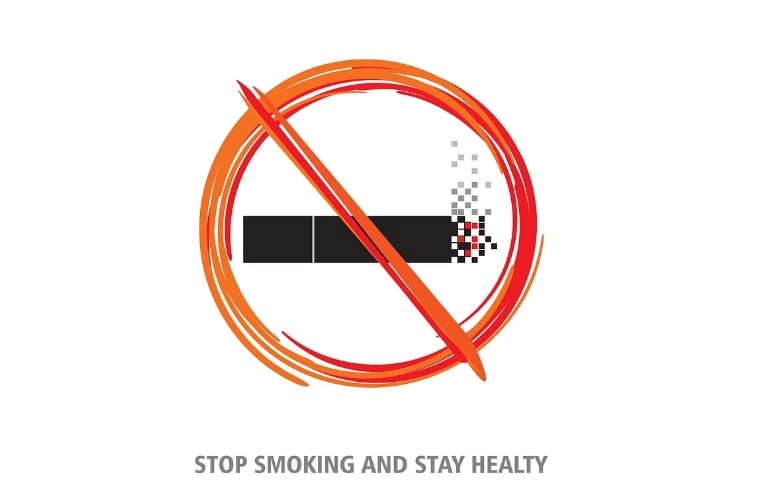Osteoporosis is a common bone disease that makes bones weak and brittle, increasing the risk of fractures. Osteoporosis not only causes pain, disability and loss of quality of life for patients, but also places a huge burden on the society and economy. Let's take a look at the risks of osteoporosis and the characteristics of those at risk.
First, the harm of osteoporosis
Increased risk of fracture: Osteoporosis thinns bones and reduces bone density, making bones more prone to fracture. Even minor trauma or stress from normal activities can lead to fractures that can seriously affect a patient's quality of life.
② Fracture rehabilitation difficulties: osteoporosis patients after fracture rehabilitation is more difficult. Fracture healing time is longer, and prone to complications, such as infection, thrombus, etc., prolong the recovery time and increase the cost of treatment.
③ Decreased activity: osteoporosis makes the bones become fragile, and the patient's physical activity ability will be significantly reduced. This can lead to difficulties in daily life, such as walking, going up and down stairs, bending over, etc., and even needing to rely on walking AIDS.
④ Reduced quality of life: Due to fractures and reduced mobility caused by osteoporosis, the quality of life of patients is significantly reduced. They may face problems such as pain, depression, anxiety, and may have limited social and recreational activities.
Second, the characteristics of the prone population
Women: Women are more likely to develop osteoporosis, especially post-menopausal women. This is because falling estrogen levels can lead to accelerated loss of bone tissue.
The elderly: The risk of osteoporosis increases with age. Due to the gradual decline of physical function, the regeneration and repair ability of bone tissue is reduced, and the elderly are vulnerable to osteoporosis.
Sitting or lack of exercise: Long-term sitting or lack of exercise will reduce bone load and fail to stimulate bone tissue renewal, thereby increasing the risk of osteoporosis.
Malnutrition: Poor nutrition, especially a lack of important nutrients such as calcium and vitamin D, can negatively affect bone health and increase the risk of osteoporosis.
Smoking and alcoholism: smoking and alcoholism will interfere with the normal metabolism of bones, accelerate the loss of bone tissue, leading to the occurrence of osteoporosis.
In conclusion, understanding the risks of osteoporosis and the characteristics of people at risk will help us to better prevent and manage the disease. By maintaining good lifestyle habits, such as a balanced diet, moderate exercise, and avoiding bad habits, you can reduce the risk of osteoporosis, improve bone health, and improve quality of life.
(Song Hongwei, Wenchang People's Hospital)
Post time: Sep-10-2024


